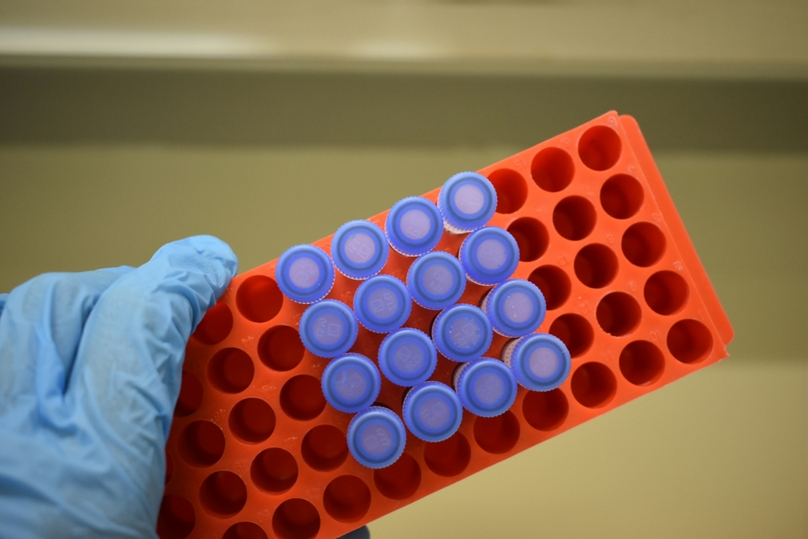In the rapidly evolving fields of scientific research and diagnostics, the integrity and reliability of laboratory data are paramount. LIMS (Laboratory Information Management System) validation emerges as a critical process, ensuring that laboratories uphold the highest standards of data accuracy and operational efficiency. This guide delves into the essence of LIMS validation, offering key insights to guide laboratories toward excellence.
The Vital Role of LIMS Validation
LIMS validation is more than a compliance checkbox; it is a foundational element that supports the core activities of modern laboratories. Validation ensures that a LIMS operates correctly, meets specific requirements, and is suitably configured to manage laboratory data and automate workflows, including sample tracking, data management, and report generation. This process is indispensable for laboratories aiming to maintain the integrity of their data and adhere to regulatory standards set forth by organizations such as the U.S. Food and Drug Administration (FDA), the International Organization for Standardization (ISO), and Good Laboratory Practice (GLP).
Understanding LIMS Validation: A Closer Look
At its core, LIMS validation is a systematic approach designed to test and verify the LIMS's functionality, performance, and security. This multifaceted process involves a series of critical tests:
- Installation Qualification (IQ): Confirms that the LIMS software has been installed correctly and all components are properly configured.
- Operational Qualification (OQ): Verifies that the LIMS operates according to its intended use under specified conditions.
- Performance Qualification (PQ): Ensures the LIMS performs consistently and accurately under real-world operational conditions.
- User Acceptance Testing (UAT): Validates that the LIMS meets the specific needs of the end-users and the laboratory's unique workflows.
These stages are complemented by thorough documentation, user training, and ongoing monitoring to maintain the system's validated state over time.
Why LIMS Validation Matters
The significance of LIMS validation extends beyond regulatory adherence, playing a pivotal role in the laboratory's operational integrity:
- Regulatory Compliance: Meeting the rigorous standards of regulatory bodies is not just about avoiding penalties but about ensuring the reliability and integrity of laboratory data.
- Data Accuracy: Validation confirms that the LIMS produces accurate, reliable, and consistent results, which is crucial for decision-making and maintaining quality control.
- Operational Efficiency: A validated LIMS optimizes performance, streamlining workflows and minimizing the risk of downtime, thereby enhancing laboratory productivity.
- Risk Management: Through comprehensive testing, LIMS validation helps identify and mitigate potential system vulnerabilities, safeguarding data integrity and system security.
- Confidence and Credibility: Successfully validated LIMS instills confidence among stakeholders, including laboratory personnel, management, and external partners, by demonstrating a commitment to quality and reliability.
The Process of LIMS Validation
Embarking on a LIMS validation project requires meticulous planning and execution. The process begins with a clear definition of the system's requirements, followed by the development of a validation plan that outlines the testing strategies, acceptance criteria, and documentation requirements. Laboratories must allocate sufficient resources, including a dedicated team and the necessary tools, to execute the validation plan effectively. Collaboration between IT specialists, laboratory managers, and end-users is essential to ensure that the validation process addresses all operational and regulatory requirements comprehensively.
Best Practices for Successful LIMS Validation
Adhering to best practices is essential for a successful LIMS validation process. Key strategies include:
- Developing a Detailed Validation Plan: A comprehensive plan outlines the scope, approach, resources, and schedule of the validation activities. It should cover all phases from IQ to PQ, ensuring thorough testing and verification.
- Risk-based Approach: Prioritize testing based on potential risks to data integrity and operational efficiency. This approach ensures that critical areas receive the most attention and resources.
- Document Everything: Rigorous documentation is not only a regulatory requirement but also a vital record of the validation process. Detailed records facilitate future audits and re-validation efforts.
- Engage End-users Early: Involving end-users from the outset ensures that the LIMS meets their needs and integrates seamlessly with existing workflows. Their feedback is invaluable in identifying and addressing practical challenges.
- Continuous Monitoring and Improvement: Validation is not a one-time event but a continuous process. Regularly review and update the LIMS validation status to reflect changes in processes, regulations, or the system itself.
Overcoming Challenges in LIMS Validation
Despite meticulous planning, laboratories may encounter challenges during LIMS validation. Common issues include underestimating the resources required, adapting to evolving regulatory standards, and managing the complexities of integrating new technologies. Addressing these challenges demands a flexible, knowledgeable approach and the support of experienced partners.
How Genemod Can Assist in LIMS Validation
At Genemod, we understand the intricacies of LIMS validation and the critical role it plays in laboratory excellence. Here's how we can help:
- Simplifying the Validation Process: We offer solutions designed to streamline the validation process, reducing complexity and ensuring compliance with regulatory standards.
- Expert Guidance: Our team of experts provides comprehensive support and advice, helping laboratories navigate the validation process efficiently. From planning to execution, we're here to assist every step of the way.
- Customizable Solutions: Understanding that every laboratory's needs are unique, we offer customizable LIMS solutions. This flexibility ensures that our system aligns with your specific requirements, facilitating a smoother validation process.
- Ongoing Support: Genemod doesn't just help you validate your LIMS; we provide ongoing support to ensure your system continues to meet regulatory requirements and laboratory needs over time. Our commitment to continuous improvement means your LIMS evolves as your laboratory does.
LIMS validation is a critical process that underpins laboratory accuracy, efficiency, and compliance. By following best practices and addressing challenges proactively, laboratories can ensure a successful validation process. Genemod is your partner in this journey, offering the expertise, solutions, and support needed to navigate LIMS validation confidently. Together, we can achieve laboratory excellence, ensuring your operations are not only compliant but also optimized for performance and reliability.


















